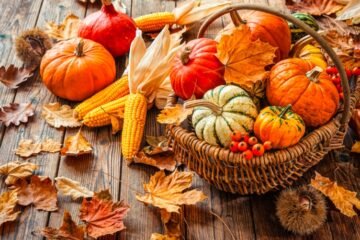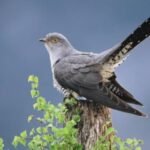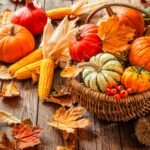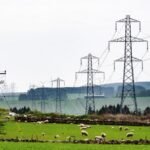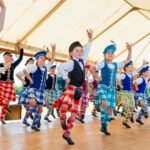The Royal Society for the Protection of Birds launched the first UK Bird of the Year competition on Instagram this October. Eight threatened bird species now compete for the title to raise awareness about conservation needs in the United Kingdom.
Meet the Eight Feathered Contenders
Bird lovers across the UK have a new reason to cheer. The RSPB picked these eight birds from its priority species list. Each one faces serious challenges from habitat loss and climate change. Fans can vote weekly to see who advances.
The lineup includes colorful seabirds and graceful flyers. Puffins draw crowds with their clown like faces and fish carrying antics. Kestrels hover in fields hunting small prey with precision. Turtle doves coo softly but their numbers have plummeted due to farming changes.
Lapwings tumble in the air during breeding displays yet farmland decline hits them hard. Curlews call across moors but breeding success drops year after year. Starlings form stunning murmurations in winter skies though urban pressures affect them. Swifts scream through summer air but nest site shortages threaten their return. Herring gulls scavenge coasts and cities facing unfair blame for waste issues.
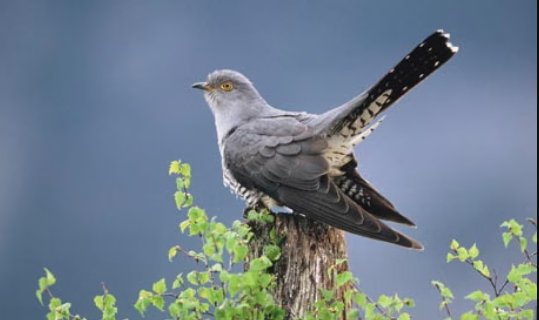
Here is a quick look at the threats facing these birds:
- Puffins: Climate change warms seas reducing fish stocks by up to 30 percent in recent decades.
- Kestrels: Rodenticide poisoning from farmland cuts populations by 25 percent since the 1990s.
- Turtle Doves: Habitat loss leads to a 96 percent decline since 1970.
- Lapwings: Intensive agriculture causes over 65 percent drop in numbers over 50 years.
- Curlews: Wetland drainage results in failed breeding for many pairs.
- Starlings: Competition for food in cities contributes to a 50 percent fall since 1975.
- Swifts: Loss of old buildings for nesting halves summer visitors.
- Herring Gulls: Human waste management changes reduce breeding success by 20 percent.
These facts come from recent government reports and RSPB surveys showing urgent action is key.
How the Voting Battle Unfolds
The contest runs like a tournament with two birds facing off each week. Winners move to the next round until one claims the crown. Voting happens through Instagram polls so followers must join the RSPB account to participate.
The first matchup started on October 7 between puffin and kestrel. As of October 10 the puffin led with 51 percent of votes while the kestrel held 49 percent. By October 13 the race stayed tight with thousands engaging online. Next rounds will feature other pairs like turtle dove versus lapwing.
This format keeps excitement high and educates on bird lives. Social media boosts reach drawing in young people who share videos and stories. The RSPB aims for over 10000 votes total to amplify conservation messages.
Why Conservation Matters for These Birds
UK bird populations have declined sharply in recent years. Government data from September 2025 shows many farmland and wetland species down by half or more since the 1970s. Factors like pesticides habitat destruction and weather shifts play big roles.
Take the curlew for example. Once common in rural areas their eerie calls echo less each spring. Breeding pairs fail due to dry summers and predator increases. Similar stories hit lapwings whose wading grounds vanish under development.
Turtle doves symbolize lost biodiversity with just a few thousand left. Efforts to plant hedges and reduce pesticides show promise but need more support. Starlings and swifts suffer from urban sprawl limiting nesting spots. Even herring gulls vital for coastal clean up face misguided culls.
Protecting these birds helps ecosystems. They control pests spread seeds and indicate environmental health. Recent reintroduction projects like those for swifts in old buildings offer hope. Community involvement through the contest can drive donations and policy changes.
| Bird Species | Population Decline Since 1970s | Main Threat |
|---|---|---|
| Puffin | 30% in breeding colonies | Ocean warming |
| Kestrel | 25% overall | Poisoning |
| Turtle Dove | 96% | Habitat loss |
| Lapwing | 65% | Agriculture |
| Curlew | 50% in some areas | Drainage |
| Starling | 50% | Urban pressure |
| Swift | 50% | Nest shortage |
| Herring Gull | 20% in breeding | Human conflict |
This table highlights the scale of the crisis based on latest surveys.
Drawing Inspiration from Worldwide Contests
The UK event mirrors successful ones abroad. New Zealands Bird of the Year has run for 20 years with celebrities and scandals boosting awareness. In 2025 the falcon won amid record votes showing how fun formats engage publics.
Australias contest just wrapped with voting from October 6 to 15. It spotlights endangered species like the red goshawk facing habitat threats. These global efforts prove competitions unite people for nature.
In the UK the RSPB builds on this by tying votes to real action. Past campaigns like Big Garden Birdwatch counted millions of sightings leading to policy wins. This years contest could spark similar momentum especially with climate talks ongoing.
Whats Next in the Bird of the Year Race
Upcoming weeks bring more matchups. Turtle dove and lapwing might clash next testing farmland bird popularity. Curlew versus starling could highlight wetland versus urban appeals. Swift and herring gull round out the field with aerial versus coastal vibes.
The winner gets bragging rights and extra conservation focus. RSPB plans to use the buzz for fundraisers and events. As numbers show declines continue steady efforts matter most.
Bird enthusiasts should follow along and vote. Share your favorite moments from spotting these species in the wild. Your voice helps protect UKs feathered friends for generations.



